Terracotta Army
Thousands of life-sized clay sculptures form the extraordinary Terracotta Army which represents the soldiers and officers together with chariots and horses who served under Qin Shi Huang the first Emperor of China. The emperor buried these sculptures with him between 210-209 BCE to form an underground military force that would protect him after death and maintain his eternal power. Overview and Location: The Terracotta Army rests in Xi'an Shaanxi Province of China. Local farmers discovered the underground site in 1974 when they began digging a well which exposed the vast complex that still receives ongoing preservation efforts. Size and Composition: A large number of pits at the site contain about 8000 soldiers together with 600 horses and 130 chariots within the main excavation pit. The smaller excavation sites house military weapons together with additional soldiers and random figures. The military figures reach life dimensions with minor height variations which distinguish different positions and ranks in the army. Craftsmanship and Details: Each sculpture shows one-of-a-kind features including facial expressions and hairstyles and clothing and armor which depict military ranks and ethnic backgrounds of the ancient Chinese forces. The figures started their existence with vivid colors but these colors faded away through time. The soldiers stand in three different positions ranging from formal postures to kneeling and combat-ready stances which showcase both artistic skill and realistic representation. Materials and Construction: The creation of figures involved mold-casting combined with hand-modeling methods using terracotta clay that reached high firing temperatures. The figures required wiring and assembly into sections before the firing and painting process. Significance and Cultural Value: Through the Terracotta Army we gain profound knowledge about Chinese art history along with military warfare and burial customs of the past. The site shows the complete authority of Qin Shi Huang and the critical position he gave to death ceremonies. The site stands as one of the most significant archaeological findings from the twentieth century and maintains its position as a UNESCO World Heritage Site. Current Conservation and Viewing: The Terracotta Army Site functions as an open-air museum where visitors can see excavated pits alongside reconstructed statues. Current activities focus on preservation work alongside research activities to expand knowledge about the extensive subterranean mausoleum. The archaeological wonder can be observed by visitors who also receive information about its historical background and view its massive scale and masterful construction.
Wanderer
5/8/2025
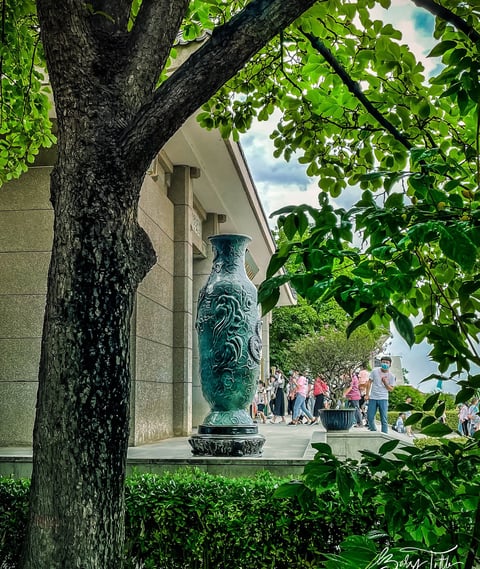

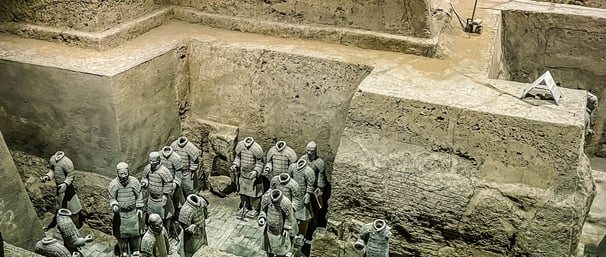

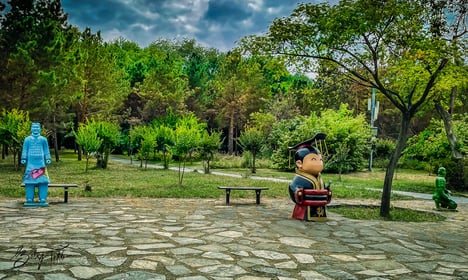



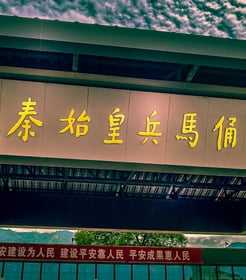

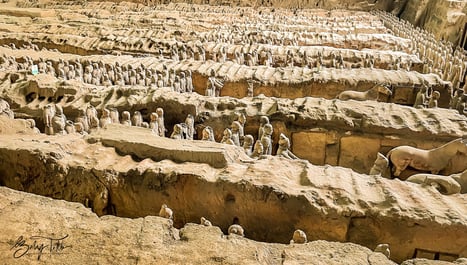

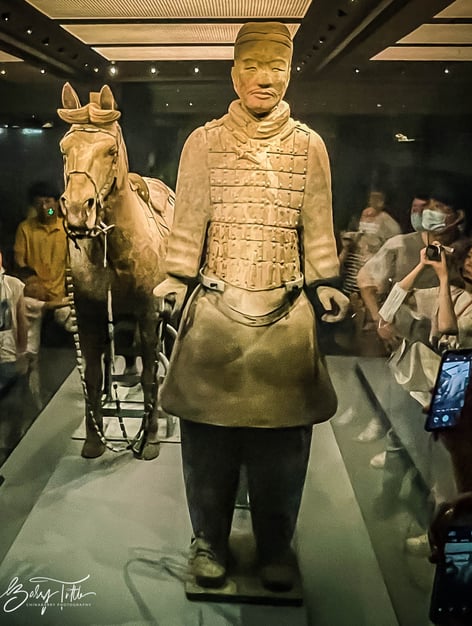

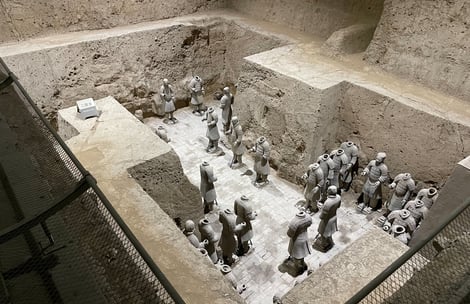

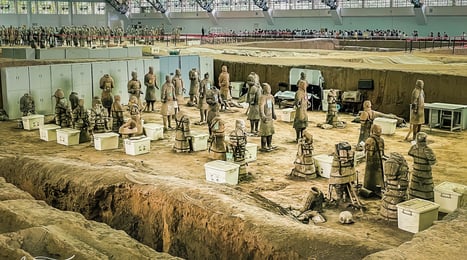

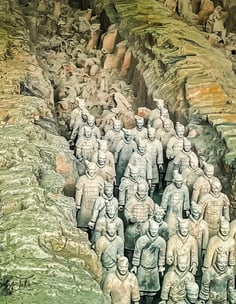

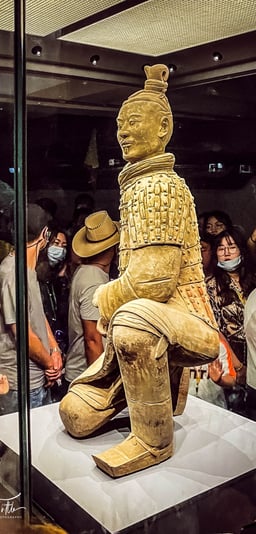

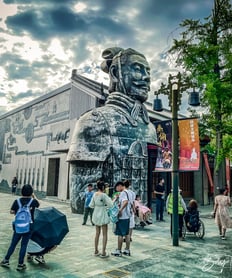

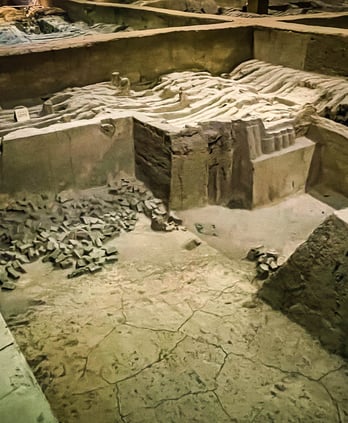


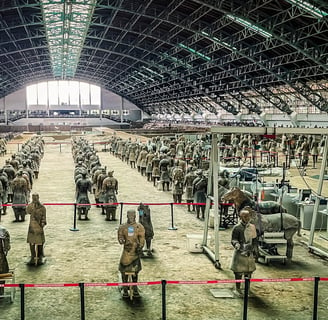
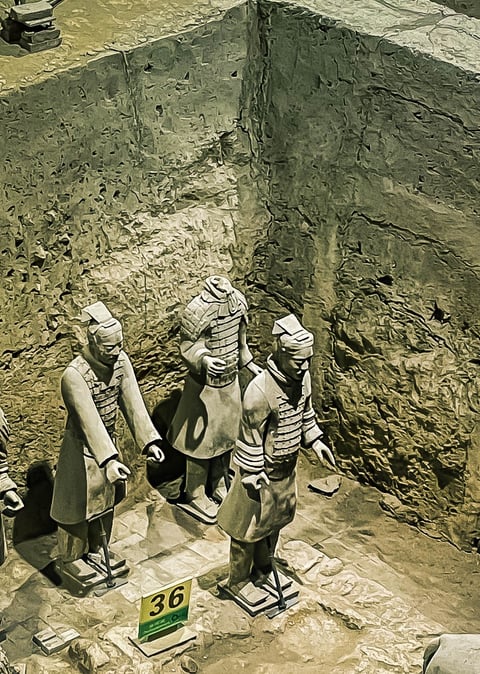

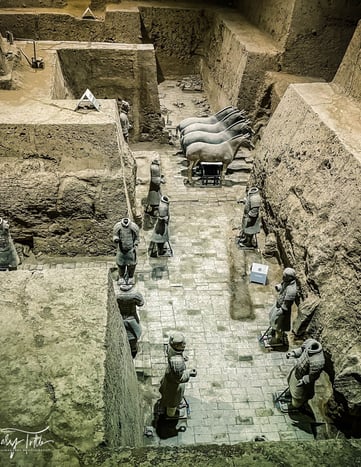

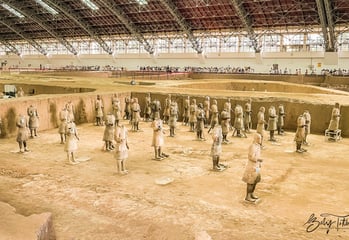


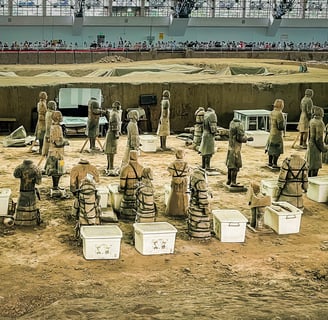
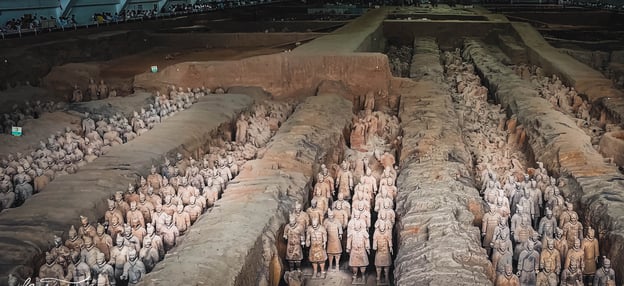

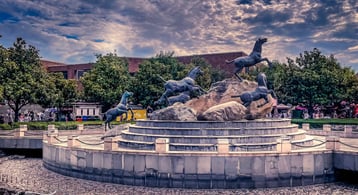

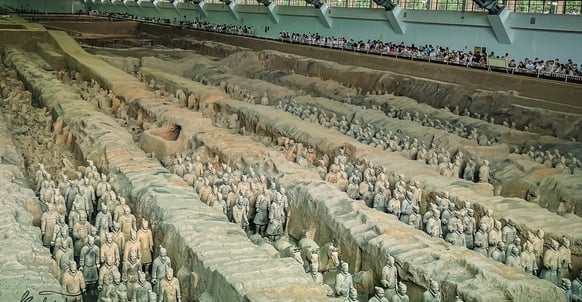

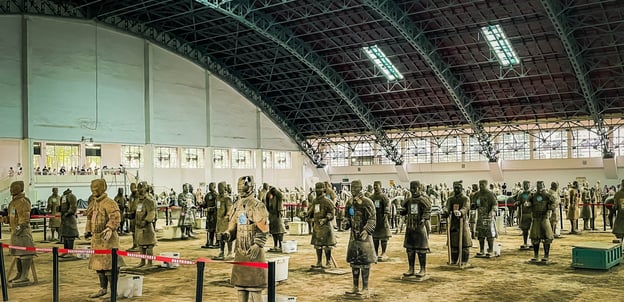

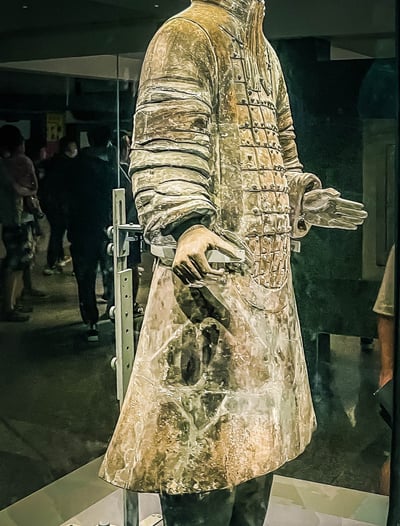

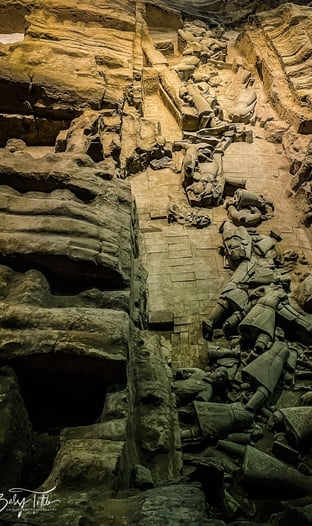

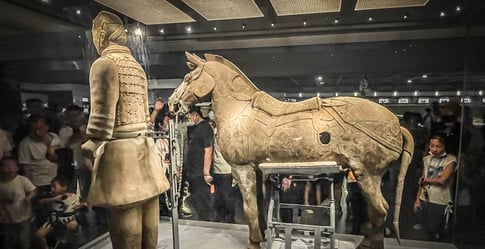

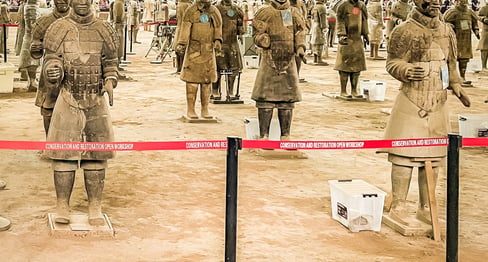

Gallery
Click on photo to enlarge..

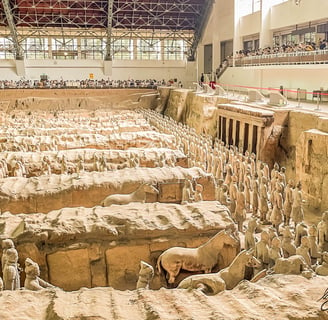
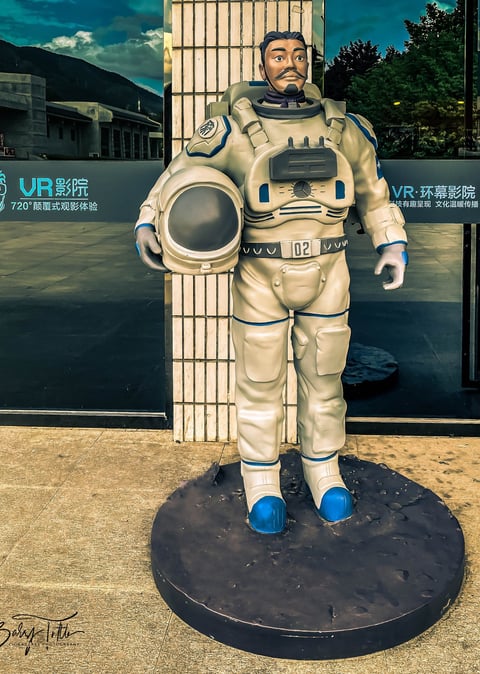

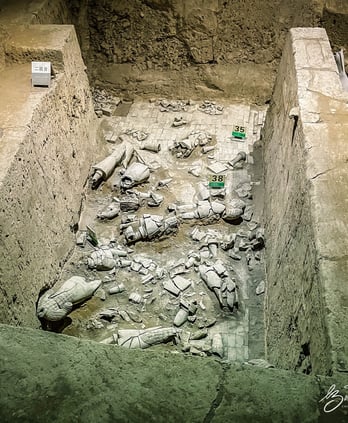

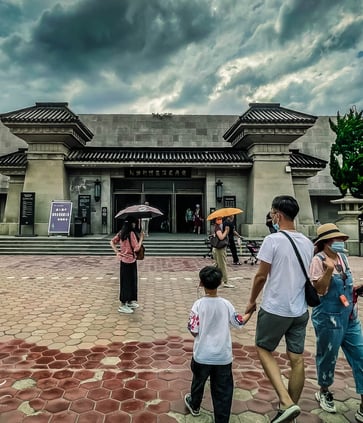


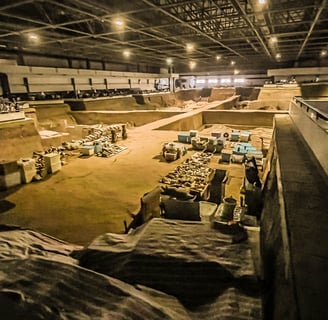
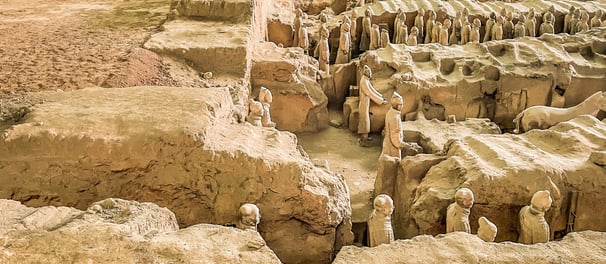

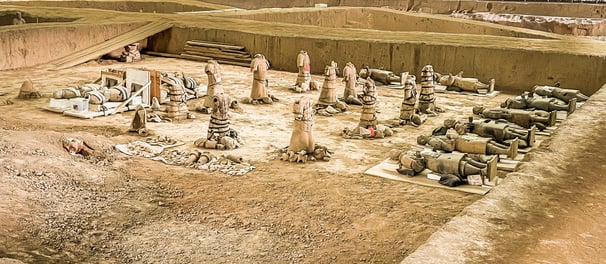


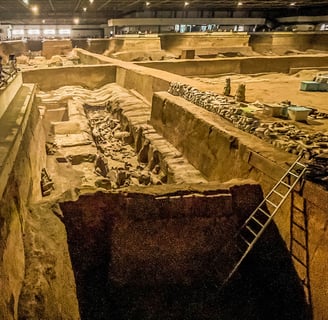
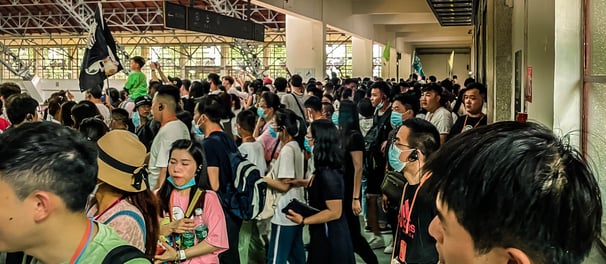

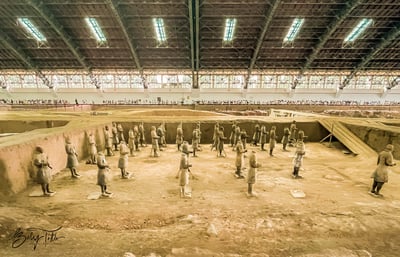


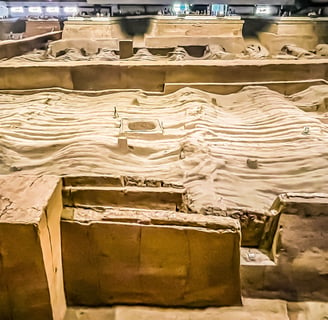
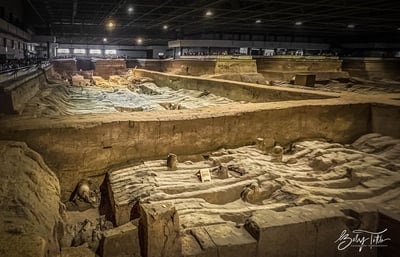

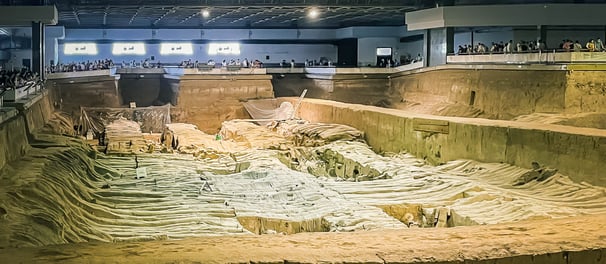

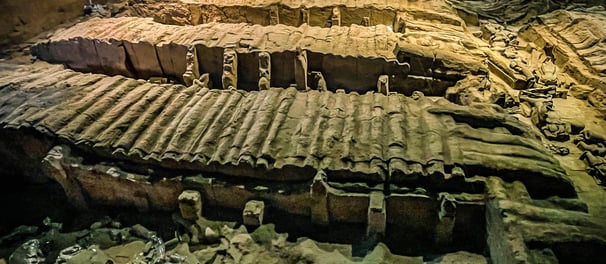

© 2025 All rights reserved Wanderer In Asia
